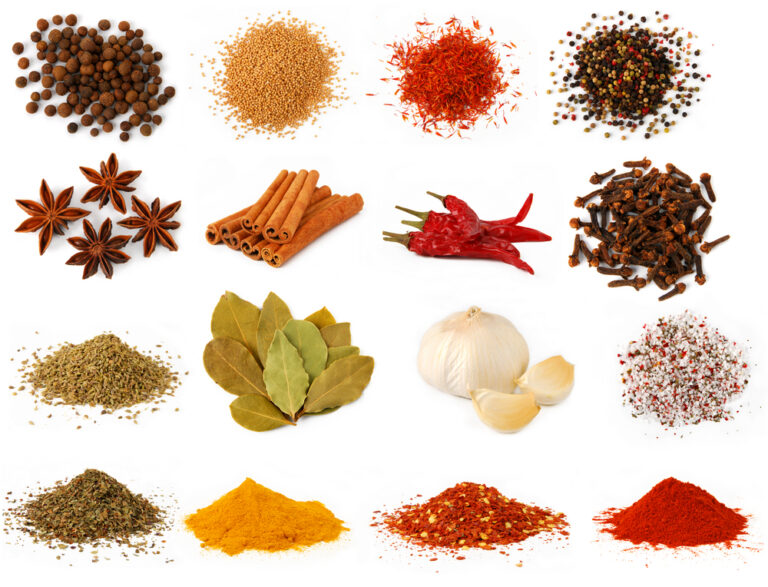Introduction: San Marino’s Culinary Heritage
San Marino, the small independent country located in the heart of Italy, has a rich culinary heritage that blends Italian and Mediterranean influences. San Marino cooking is known for its simplicity and reliance on fresh ingredients, particularly herbs and spices. These aromatic additions to dishes not only enhance the flavor but also offer medicinal and nutritional benefits.
Sage, Rosemary, and Thyme: Aromatic Herbs
Sage, rosemary, and thyme are some of the most commonly used herbs in San Marino cooking, particularly in meat dishes. Sage is used in pork-based dishes, while rosemary is often paired with lamb. Thyme, on the other hand, is a versatile herb that complements a variety of dishes such as roasted chicken, soups, and stews. These herbs are highly aromatic and add an earthy, woody fragrance to dishes.
Nutmeg, Cinnamon, and Cloves: Warm Spices
Nutmeg, cinnamon, and cloves are warm spices that are often used in San Marino’s sweet and savory dishes. These spices are commonly used in meat sauces, such as bolognese or ragu, to add depth and aroma. In sweet dishes, nutmeg is typically used in custards, while cinnamon and cloves are added to desserts such as cakes and pastries. These spices are also believed to have therapeutic properties, such as aiding digestion and improving circulation.
Basil, Parsley, and Mint: Fresh Flavors
Basil, parsley, and mint are fresh herbs commonly used in San Marino’s cuisine. Basil is a key ingredient in pesto, while parsley is often used as a garnish or in salads. Mint is used to add a refreshing taste to dishes such as roasted lamb or grilled vegetables. These herbs not only add flavor but also provide nutritional benefits, such as aiding digestion and reducing inflammation.
Wild Fennel, Bay Leaves, and Juniper Berries: Unique Ingredients
San Marino’s cuisine also features unique ingredients such as wild fennel, bay leaves, and juniper berries. Wild fennel is used in seafood dishes, while bay leaves are added to soups and stews to add aroma. Juniper berries are used in meat dishes, particularly game meat, to add a slightly bitter and piney flavor. These ingredients are often foraged in the wild, adding to the country’s commitment to using fresh and locally sourced ingredients.
Conclusion: Exploring San Marino’s Spice Cabinet
San Marino’s use of herbs and spices in its cuisine is a reflection of its cultural and geographical influences. From the aromatic herbs of the Mediterranean to the warm spices of the Middle East, San Marino’s spice cabinet represents a diverse range of flavors. Whether you’re exploring the country’s cuisine or cooking at home, incorporating these herbs and spices into your dishes will not only add delicious flavor but also offer a variety of health benefits.

